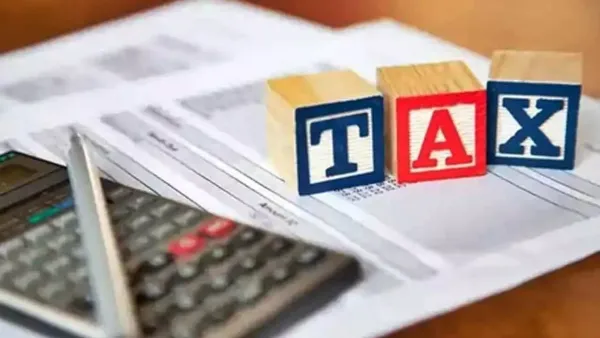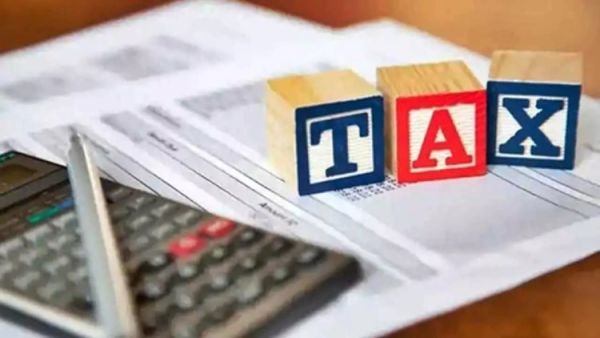
The income tax return forms ITR-1 and ITR-4 for the fiscal year 2024–2025 and the assessment year 2025–2026 have been made public by the Central Board of Direct Taxes (CBDT).

The revised forms must be used for filing returns for earnings received during the fiscal year that ran from April 1, 2024, to March 31, 2025.
The ability to submit ITR-1 (SAHAJ) for the purpose of notifying long-term capital gains (LTCG) under section 112A is a significant modification to the ITR forms this year. The LTCG must not exceed Rs 1.25 lakh, and the income tax assessee must have no loss to carry forward or deduct under the capital gains category.
The ability to submit capital gains tax was not previously included in ITR 1. This year, taxpayers may utilize ITR-1 to submit their tax returns if they have long-term capital gains from the sale of listed equities shares and equity-oriented mutual funds.
However, taxpayers who have short-term capital gains from listed equities and equity mutual funds or capital gains from the sale of real estate are not permitted to submit ITR-1 forms.
Additionally, the notice mandates that income tax assessors who have chosen to opt out of the new income tax system for AY 2024–2025 must report their choice and decide whether to reverse or continue.
Form 10-IEA acknowledgment data must be provided by those who choose to opt out of the new income tax system for the first time in AY 2025–2026.
Furthermore, an explanation for the Form 10-IEA’s late submission is required.
The precise clauses and subsections must be disclosed, and all deductions between 80C and 80U must be selected from a drop-down menu in the e-filing facility for both ITR-1 and ITR-4 forms.
Section 89A income from retirement funds held overseas will now have better fields and a relief monitoring tool.
The turnover requirement in ITR-4 section 44AD (business) has been raised to Rs 3 crore if digital transactions account for 95% of the firm’s transactions. The maximum has been raised to Rs 75 lakh under Section 44ADA (professionals) with the same digital receipts requirement.
With the exception of inactive accounts, all bank accounts held in India during the previous year must now be disclosed on the ITR 1 and ITR 4 forms.